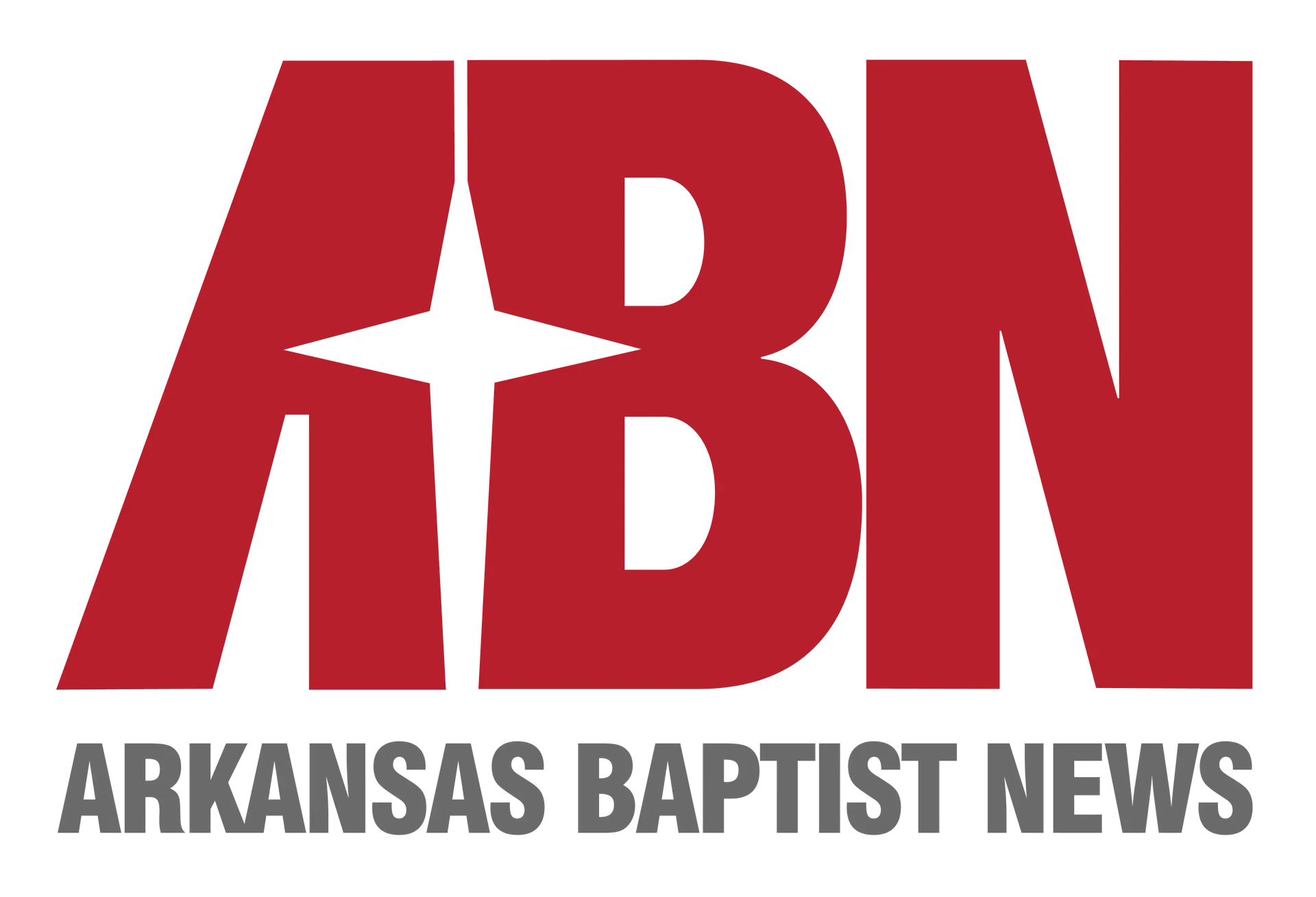Dennis Wilkins has worked in the corporate world and has served as a pastor. He also served as an associational missionary until his retirement. He now serves as a deacon and cares for his wife of 56 years.
Before I begin this series of articles about this ministry, it is important to understand its origin.
Thirty-seven years ago, I was touched by a passage of Scripture, “Bear one another’s burdens, and thereby fulfill the law of Christ…Let us not lose heart in doing good… let us do good to all people, and especially to those who are of the household of the faith,” (Galatians 6: 2, 9a, 10b). Since that time, I have tried to observe people and meet their needs. As a result, it is amazing to me that somehow, I overlooked a ministry opportunity. In hindsight, it was staring me right in the face. The ministry I overlooked was that of ministering to the nonprofessional caregiver.
In the church community we are quick to meet the needs, pray for and ask prayers for the sick and infirmed, but seldom do we pray for or place the name of the sick person’s caregiver on a prayer list.
What brought this prayer vacuum to my attention was seeing what my daughter was going through after her husband was diagnosed with stage four cancer. She responded by taking care of him. Meanwhile she managed their home, the ten acres of property, fed and looked after two horses, several dozen chickens, coordinated her husband’s doctor visits and treatments and continued working at her job.
Watching and supporting her as she dealt with her daily activities revealed to me that caregiving was an often-overlooked ministry that needed emotional and prayer support. This was the revelation that encouraged the formation of the ministry of “Caring for the Care Giver.”
As the ministry began to take shape in my mind, the first step was to clear its development with our pastor. The concept was presented to him, and he encouraged its development.
At that point the number of lay caregivers in our church was assessed, and we found over 20 lay caregivers in need. More than enough to justify a formal ministry.
Knowing that “there is nothing new under the sun” (Ecclesiastes 1:9) a review of the topic of caregivers on the internet was taken to discover if there was additional insight to be gained. There was, and there is, plenty of information available but it is varied. A lot of the information is focused on the professional caregiver and very little is applicable to a church ministry format.
However, there are a few ideas that can be gleaned from some routine browsing. One thing learned from exploring the internet is the month of November has been set aside as National Caregiver Month. This gives the church an opportunity to join with others to recognize this group of servants.
As I have shared with you my story, I trust you may have had the same revelation—that a ministry meeting the needs of an overlooked part of our church family and community at large, should be developed at the local church level.
There are certain items that should be included in the building of this ministry. The development of this ministry should reflect the personality of the church along with the passion of Christ. Over the next few articles in this series, the steps used in setting up the ministry will be discussed. Each step should not be considered lightly. They must be simple, workable, and effective at meeting the needs of the caregiver.
Some of the topics we will cover are as follows:
Planning/and Initial Implementation
- Selection of supporters
- Exploratory meeting
Setting up Care Giver Support Teams
- Minimum contact frequency
- Support activity
Development of Documents
- HIPAA
- Legalese
- Record keeping
Results, feedback from
- Support team members
- Caregivers
- Patients
Anytime you have a question or need information or clarification of information do not hesitate to give me a call. Dennis Wilkins, 501-259-8197

